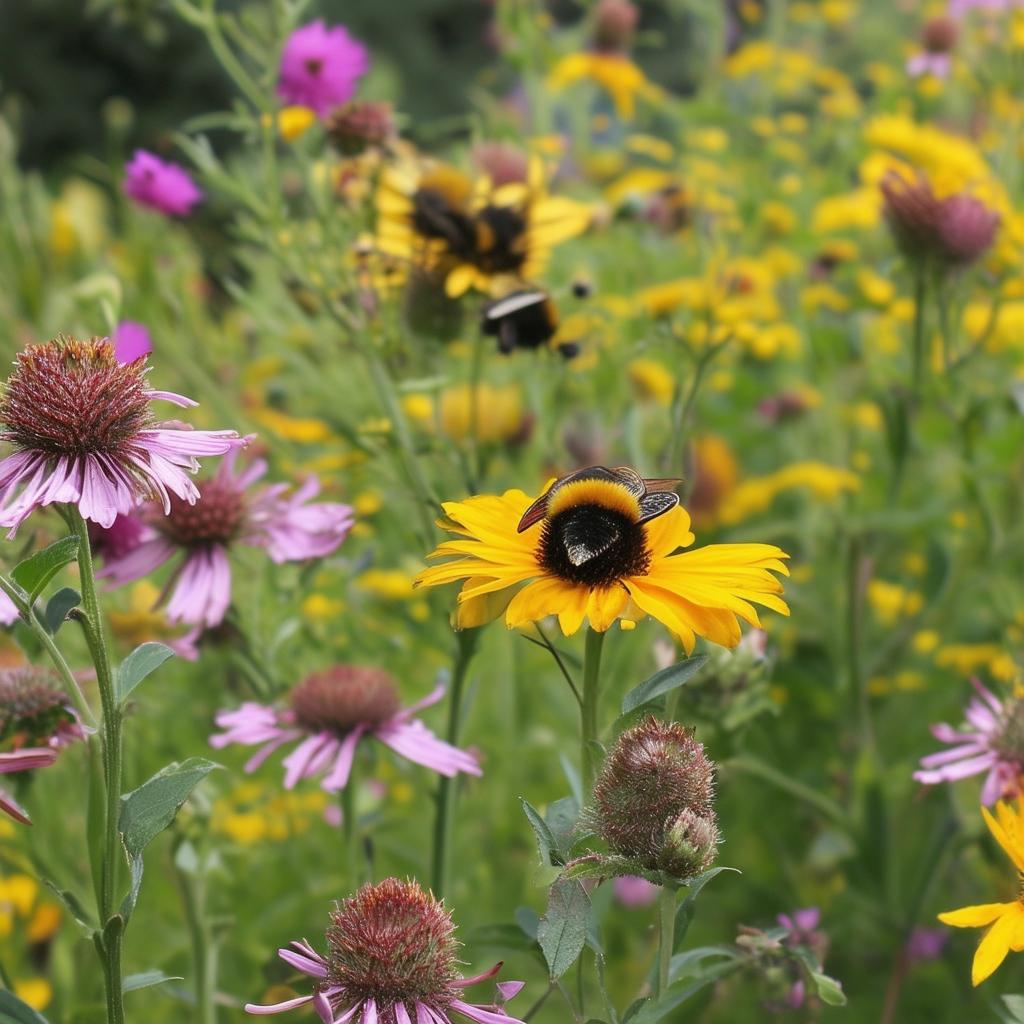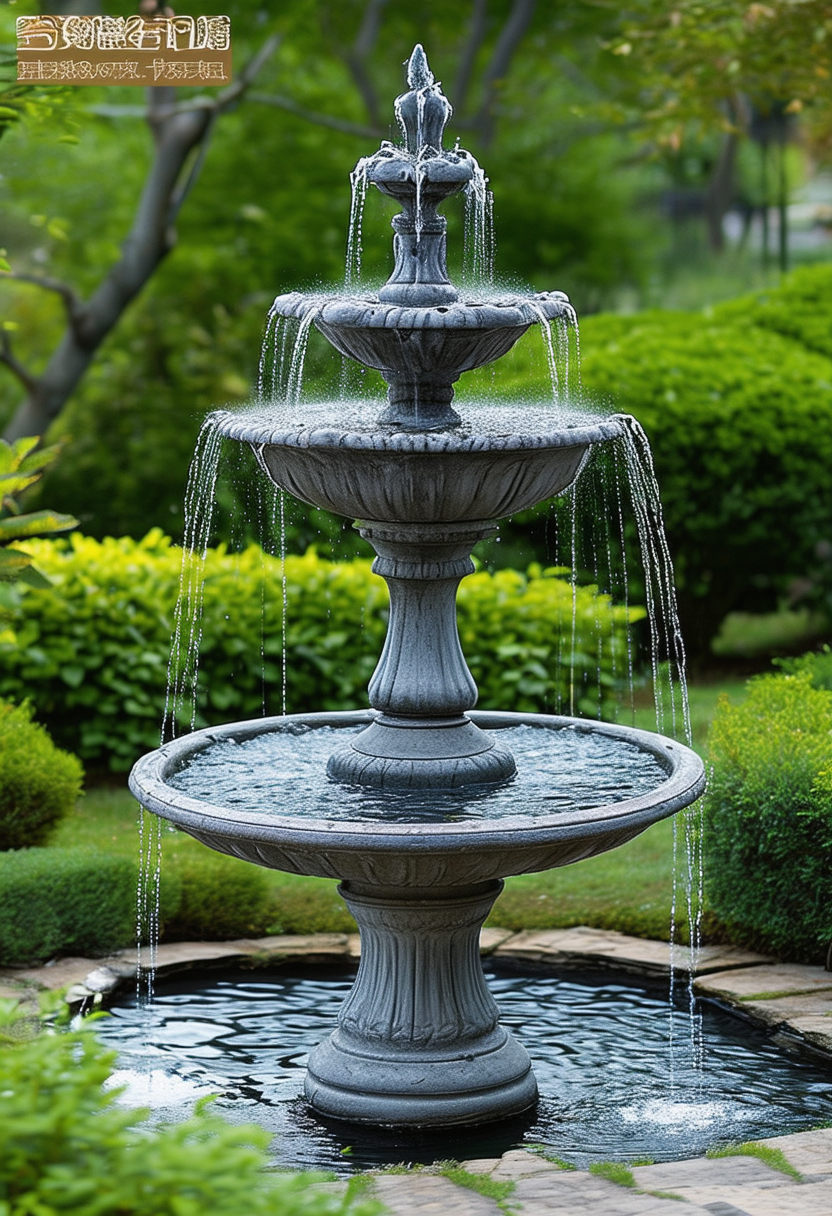There is a hidden oasis waiting to be uncovered right in your own backyard – a sanctuary bustling with life, color, and magic. In a world where pollinators are facing increasing threats to their existence, creating a haven for these important creatures in your garden is not only rewarding but essential for the health of our planet. Welcome to the world of ”Blooming Sanctuary”, where every flower is a beacon of hope and every buzzing visitor a cherished guest. Join us on a journey to discover the beauty and importance of pollinators and learn how you can transform your garden into a thriving paradise of life and vitality.
The Importance of Pollinator Habitats in Urban Areas
Pollinators play a crucial role in our ecosystem by facilitating the reproduction of plants and ensuring biodiversity. In urban areas, the availability of pollinator habitats is often limited, leading to a decline in pollinator populations. By creating a blooming sanctuary in your garden, you can help provide a much-needed refuge for these important creatures.
One way to attract pollinators to your garden is to plant a variety of native flowering plants. Native plants are well-adapted to your local environment and will provide food and shelter for pollinators. Some popular choices include bee balm, coneflowers, and milkweed. Be sure to choose plants that bloom at different times of the year to provide a continuous food source for pollinators.
| Plant | Pollinator Attracted |
|---|---|
| Sunflower | Bees, butterflies |
| Lavender | Bees, butterflies |
| Goldenrod | Butterflies |
Creating a pollinator-friendly garden also means avoiding the use of pesticides and herbicides. These chemicals can be harmful to pollinators and other beneficial insects. Instead, opt for natural pest control methods like companion planting and beneficial insect habitats. By eliminating harmful chemicals from your garden, you can create a safe and healthy environment for pollinators to thrive.
Selecting Native Plants to Attract and Support Pollinators
Creating a blooming sanctuary in your garden can be a rewarding way to attract and support pollinators. By selecting native plants that provide food and shelter for bees, butterflies, and other pollinating insects, you can create a haven for these important creatures. Native plants have co-evolved with local pollinators and are well-suited to provide the necessary resources for their survival.
When choosing native plants for your garden, consider a variety of species that bloom at different times throughout the year. This will ensure a continuous food supply for pollinators and help support them through the changing seasons. Look for plants that offer nectar-rich flowers in a range of colors and shapes to attract a diverse array of pollinators. Incorporating a mix of flowers, grasses, shrubs, and trees will provide a diverse habitat for pollinators to thrive.
In addition to selecting native plants, it’s important to create a welcoming environment for pollinators by providing suitable nesting sites and water sources. Incorporating features such as bee hotels, butterfly puddling stations, and bird baths can help attract a variety of pollinators to your garden. By designing your garden with the needs of pollinators in mind, you can create a beautiful and sustainable habitat that supports the important work of these essential creatures.
Creating a Welcoming Environment with Food, Water, and Shelter
Imagine stepping into your garden and being surrounded by a vibrant array of colors and buzzing sounds. By , you can transform your outdoor space into a blooming sanctuary for pollinators. Providing these essential elements will not only attract pollinators like bees, butterflies, and birds, but also help them thrive and contribute to the health of your garden ecosystem.
Start by planting a variety of nectar-rich flowers and plants to provide a continuous food source for pollinators throughout the seasons. Consider including native species that are well-adapted to your region and will attract a diverse range of pollinators. Create a mix of colors, shapes, and sizes to appeal to different species, and be sure to plant in clusters or drifts to make it easier for pollinators to find and access the nectar.
| Tip: | Include plants like lavender, coneflower, and salvia to attract pollinators. |
Next, provide a source of clean water for pollinators to drink and bathe. This can be as simple as a shallow dish filled with water and pebbles for insects to land on safely. Be sure to keep the water fresh and replace it regularly to prevent the spread of disease. Additionally, create shelter for pollinators by incorporating features like bee hotels, nesting materials for butterflies, and leaf litter for ground-dwelling insects. These cozy spots will offer protection from predators and harsh weather, encouraging pollinators to make your garden their home.
Closing Remarks
As you embark on the journey of creating a blooming sanctuary for pollinators in your garden, remember that you are not just providing food and shelter for these essential creatures, but also contributing to the overall health of our planet. By taking small steps like planting native flowers, reducing pesticide use, and providing water sources, you can make a big impact on the survival of pollinators. Let your garden be a haven for bees, butterflies, and other pollinators, and watch as it blossoms into a thriving ecosystem right in your backyard. Happy gardening!


